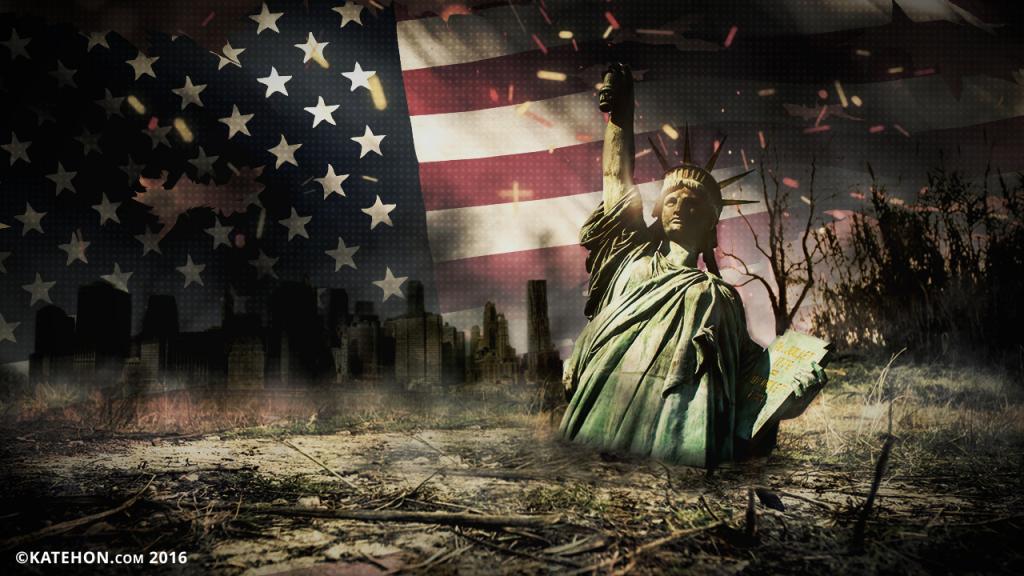
New study finds U.S. responsible for nearly 300 million deaths—and counting
In September, the Victims of Communism Memorial Foundation—established by a bipartisan act of Congress in 1993—opened the Victims of Communism Museum in Washington, D.C., which aims to spotlight the plight of the alleged 100 million victims of Communist ideology.
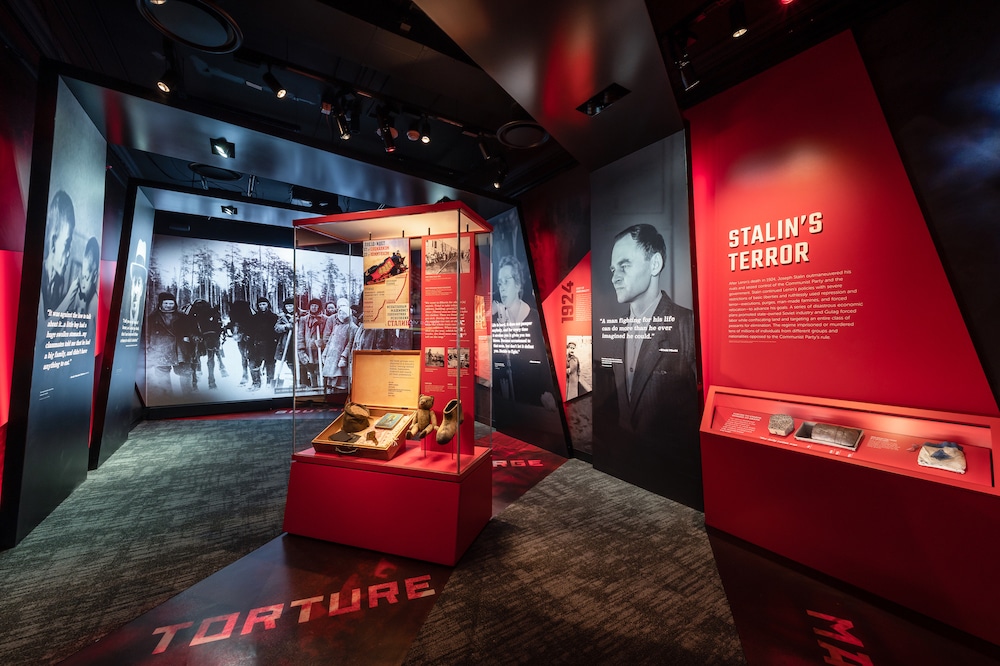
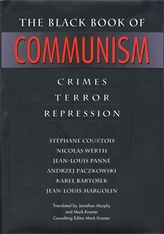
The 100 million figure was derived from the 1997 book The Black Book of Communism, published by Harvard University Press, which was replete with falsehoods. The book blamed communist governments for famines that occurred on a more regular basis in capitalist countries and which had resulted from environmental causes, like the Ukrainian famine of the 1930s (holodomor).
If the political culture in the U.S. changes, someone might open a museum dedicated to the victims of capitalism or the U.S. empire, whose death toll would be much greater than 100 million.
A new book by David Michael Smith, Endless Holocausts: Mass Death in the History of the United States Empire (New York: Monthly Review Press, 2023), estimated that the U.S. empire is responsible, or shares responsibility, for close to 300 million deaths.
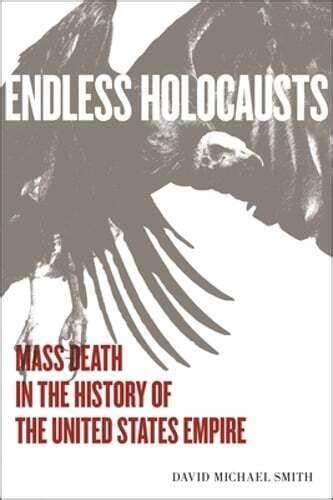
Smith writes that “the almost inconceivable loss of life in these endless holocausts arguably makes this country [the United States] exceptional, though in a strikingly different way than its apologists intend.”
Exceptional in its violence and killing prowess, which is truly shameful.
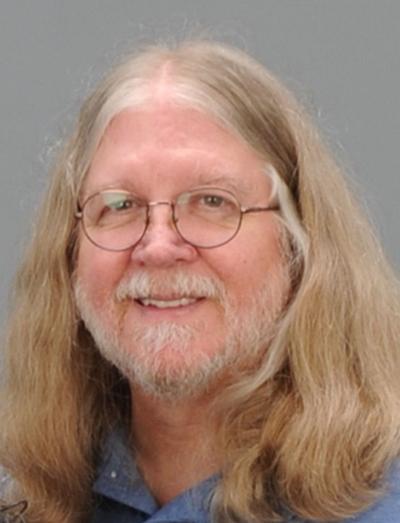
The Indigenous Peoples’ Holocaust
Smith estimates that 13 million Indigenous people were killed in the holocaust that resulted from the European colonization of North America.
Quoting from Roxanne Dunbar-Ortiz, author of An Indigenous People’s History of the United States, Smith notes that the Indigenous nations of the Western Hemisphere had “built great civilizations” prior to the arrival of the white man whose “governments, commerce, arts and sciences, agriculture, technologies, philosophies and institutions were intricately developed,” and in which “human relations were more egalitarian than in Europe.”
The European lust for wealth and dominance, however, led to mass death and destruction.
Characteristic was the Pequot War in Massachusetts of 1636-1637 where, Smith notes, the Puritan settlers recruited Native allies and formed the first ranger forces to engage in “wilderness warfare,” where “colonial officials began paying bounties for the scalps of Native men, women and children.”
About 6,000 Wampanoag, Narragansett and Nipmuck were killed, and New England’s Indigenous population declined from at least 70,000 in 1600 to 12,000 by the end of the 1600s.
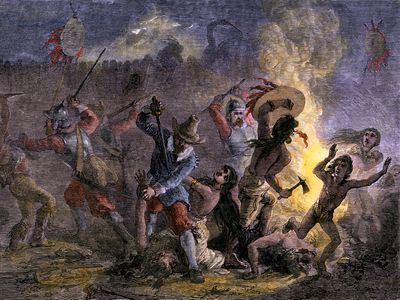
African American Holocaust
The decline of the Indigenous population in the Western Hemisphere forced the European colonizers of North America to begin importing captive people from Africa to labor for them.
Smith estimates that approximately 25 million Africans were originally captured, and 12.5 million of them died between capture and embarkation from the slave ships that brought them to North America. Twenty million more Africans are believed to have died in slave raids, raising the total that died because of the transatlantic slave trade to 32.5 million.
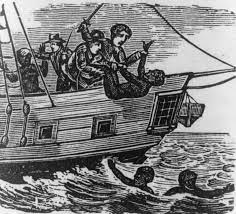
Of those who survived the Middle Passage, many more died from diseases and from beatings by their slave masters or by suicide. According to Smith, almost 70% of those who survived the Middle Passage were no longer alive a decade and a half later. Overall, he believes that 41.5 million may have died because of slavery.
During Reconstruction after the U.S. Civil War, freed slaves died from lynching, and in prison after the imposition of Black Codes. They were also killed by white mobs in race massacres—famously in Tulsa, Oklahoma, where Black Wall Street was burned to the ground.
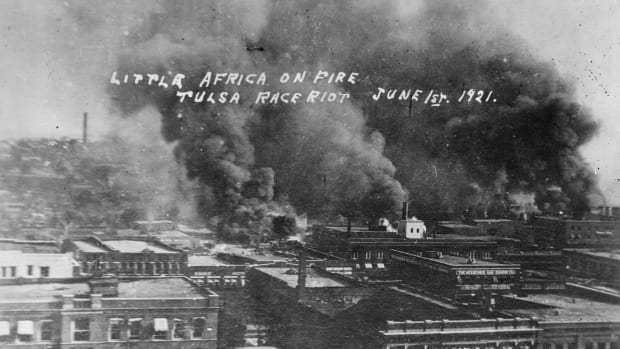
Smith estimates that, between the years 2000 and 2014, another one million excess deaths occurred among Blacks because of the racist police and criminal justice system and poor living conditions in the “ghetto.”
The Workers’ Holocaust
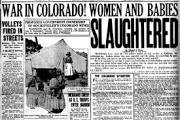
Besides Native and Black Americans, vast numbers of laborers from diverse national backgrounds—who have generated unprecedented wealth for the capitalist class—have experienced harsh and deadly forms of exploitation in the United States.
Approximately 35,000 workers died on the job annually between 1880 and 1900—700,000 for those two decades alone as Congress refused to pass basic regulations to protect workers’ rights.
The Cleveland Citizen wrote that, during the Gilded Age, the U.S. became “an industrial slaughterhouse.” When workers rose up to protest poor conditions in a Rockefeller-owned mine in Ludlow, Colorado, in 1914, National Guard troops killed 66 men, women and children who were supporting the strike.

This was part of a large wave of anti-worker violence sanctioned by the U.S. government that extended to the torture and lynching of Industrial Workers of the World (IWW) organizers who had the audacity to promote worker-controlled industry.
Overall, Smith believes that 13.5 million workers have died in the U.S. or outside working for U.S. corporations from disease, sickness or in anti-labor massacres.
From Colonial Wars to Global Holocausts
After securing its continental empire by the late 19th century, the U.S. government overthrew the native monarchy in Hawaii and began establishing overseas colonies, like in Puerto Rico, Cuba and the Philippines, which provided a beachhead into the Asia-Pacific.

Up to a million Filipinos were killed resisting U.S. imperial intervention in the Spanish-American-Philippines War, which analysts described as “America’s First Vietnam.”
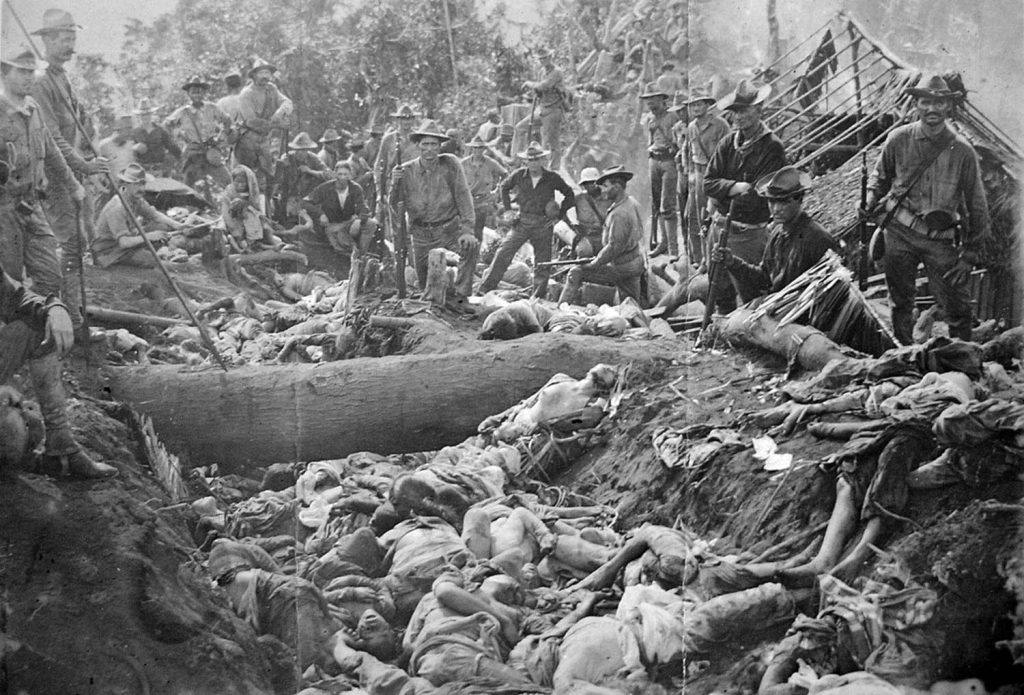
Second and third Vietnams occurred in Nicaragua and Haiti, where the U.S. Army slaughtered hundreds of natives resisting the takeover of their country by U.S. financial interests.
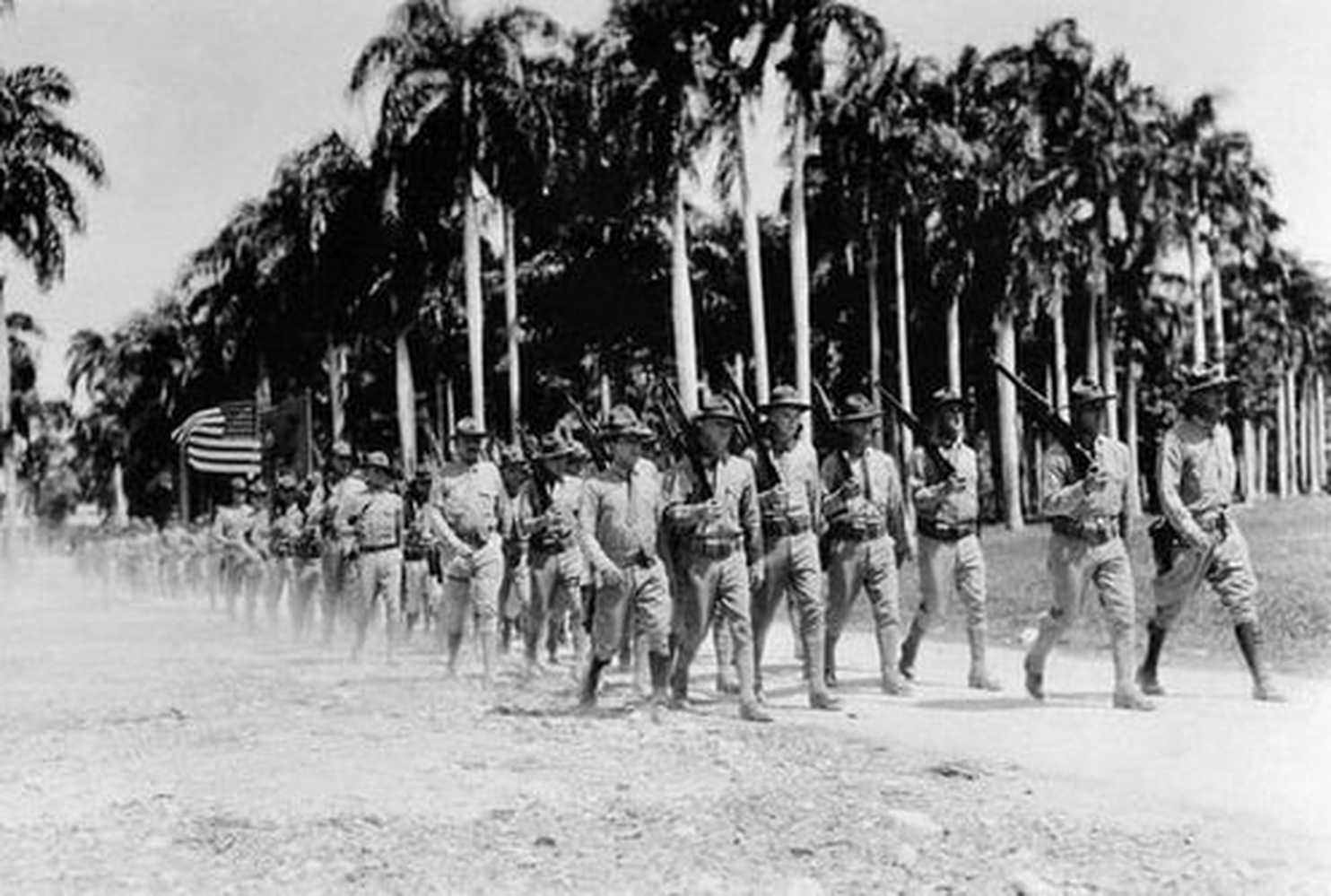
The U.S. shared responsibility for the unprecedented global Holocaust of World War I, supplying Britain and France with vital loans and sending U.S. troops into the fray in April 1917 in order to defeat a potential imperial challenger, Germany.
After the war was over, the Wilson administration deployed U.S. troops into Soviet Russia to try to stamp out the Bolshevik Revolution in alliance with counter-revolutionary forces.
When the Bolsheviks triumphed, the Wilson and Harding administrations provided substantial support to the invasion of Soviet Russia by Polish militarists.
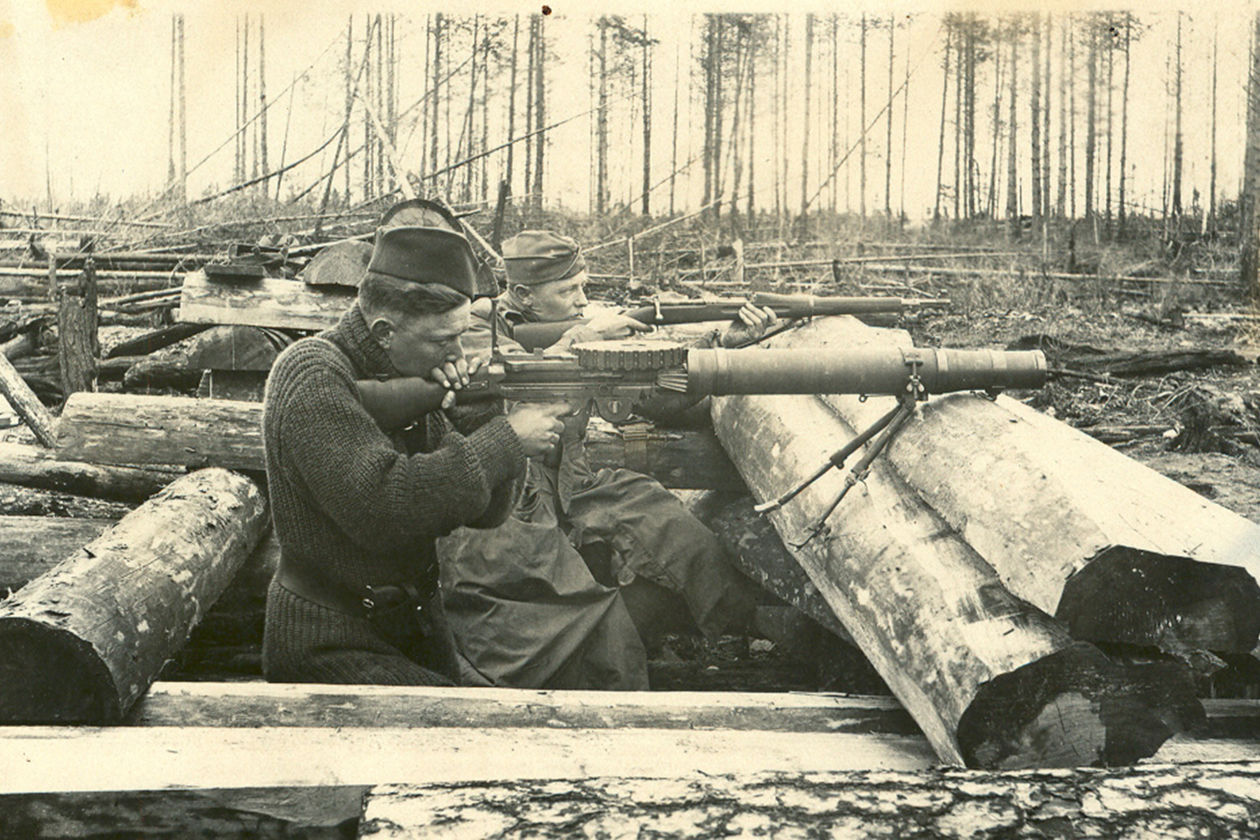
In the 1930s, the U.S. supported fascist dictatorships as a counterweight to communism, including that of Benito Mussolini, Francisco Franco, and Adolf Hitler, whom the U.S. chargé d’affaires in Berlin, George Gordon, characterized in 1933 as the “leader of the moderate section of the Nazi party,” which “appealed to all civilized and reasonable people.”
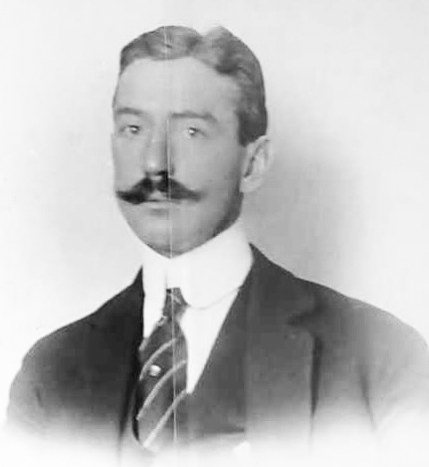
The U.S. support for the fascist international exemplified its contribution to the origins of World War II, which was even worse in its destruction than was World War I.
The U.S. provoked the war in the Pacific theater because it could not tolerate the prospect of an ascendant Japanese empire that would threaten U.S. hegemonic aspirations in Southeast Asia.
The Roosevelt administration responded to Japan’s rise through a massive naval build-up in the South China Sea and imposition of an oil embargo on Japan, which was designed to provoke the Pearl Harbor attacks because of Japan’s dependence on imported oil.
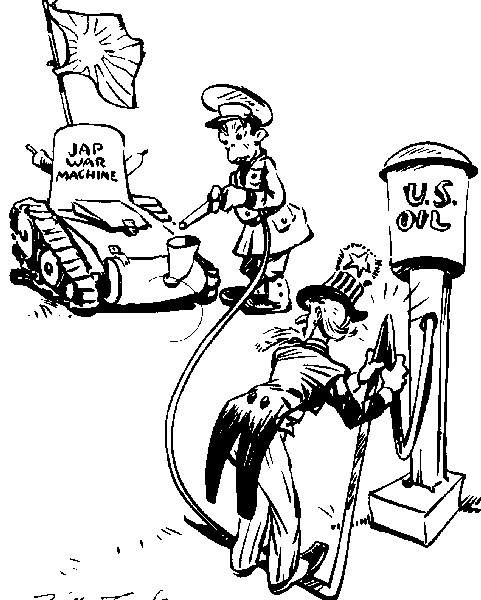
According to Smith, between 1775 and 1945, when it succeeded in replacing Great Britain as the dominant world power, the U.S. caused 127 million deaths. These included the hundreds of thousands of Japanese who were killed as a result of the Tokyo firebombing and dropping of the two atomic bombs over Hiroshima and Nagasaki, which killed well over 200,000 people in the span of a few days.
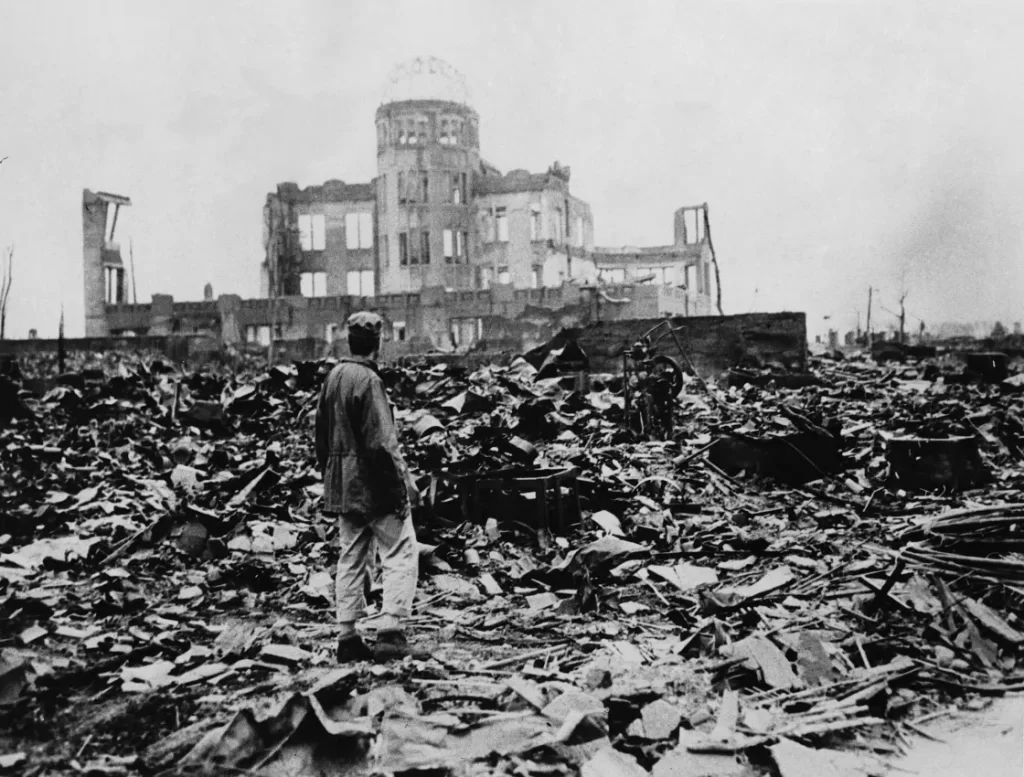
The Holocausts of Pax Americana
Just five years after the end of World War II, the U.S. was again at war in Korea where it supported a government that slaughtered over one hundred thousand of its own people, and carried out a bombing campaign that led to the death of about one tenth of the North Korean population.

Further, U.S. troops committed a multitude of massacres, including at No Gun Ri, where several hundred civilians were killed after orders had been given to shoot at North Korean refugees who represented potential “fifth columnists.”
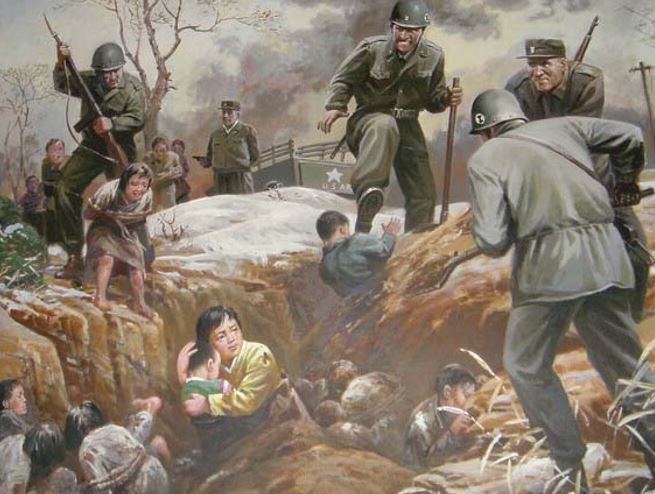
The Korean War was a prelude to further slaughter in Vietnam where the “mere gook rule” applied, by which civilians were mowed down under the justification that they “looked like they were Vietcong [euphemism for Vietnamese communists].”
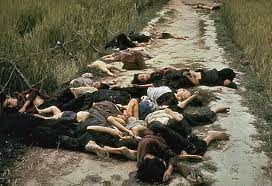
In 1965, the CIA backed a coup in Indonesia that resulted in the deaths of millions of alleged communists who were identified by lists provided to the Indonesian military by the CIA. One person suspected of helping to identify names for the blacklist was Ann Dunham, Barack Obama’s mother, who worked as an anthropologist in East Java, a communist stronghold.
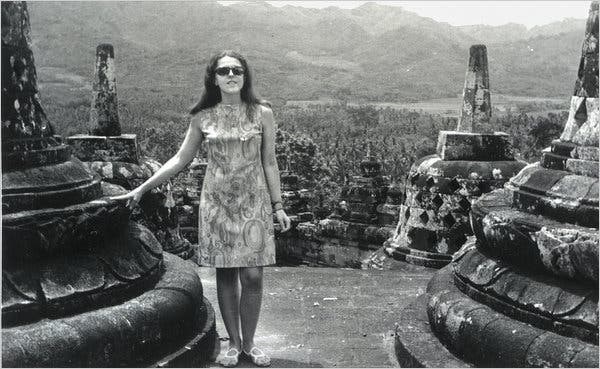
The CIA backed more massacres in defeating left-wing rebels (the Huks) in the Philippines, and supported the murderous Operation Condor in South America. The latter was modeled after the Phoenix program in Vietnam where the CIA prepared blacklists and worked with local police agents to arrest or kidnap dissidents and torture and often murder them.

The Killing Spree Continues
The killing spree of the Cold War years continued in “humanitarian interventions” of the 1990s, as in the Balkans, Iraq and Central Africa, and during the Global War on Terror, where the U.S. military perfected new killing techniques, like through the use of unmanned drones.
Millions of Muslims were killed in retaliation for the 9/11 terrorist attacks, whose perpetrators are to this day not entirely clear.
Even under a supposedly liberal president, Barack Obama, the U.S. bombed seven Muslim countries, escalated its troop presence in Afghanistan, established many new military bases in Africa, and engaged in regime-change operations in several Latin American countries.

In his final chapter, Smith details the blowback associated with imperial pursuits such as the epidemic of mass shootings that has gripped the U.S. over the last decade.
Smith emphasizes that the U.S. is among the most violent societies in history—with disturbingly high homicide, police murder and incarceration rates—and faces the threat of right-wing militias and terrorists.

No End in Sight
With the exception of slavery and the genocide against Native Americans, the endless holocausts associated with the American empire are rarely discussed in high school or even college courses, and are not very well known by the public—despite a rich scholarly literature about them.
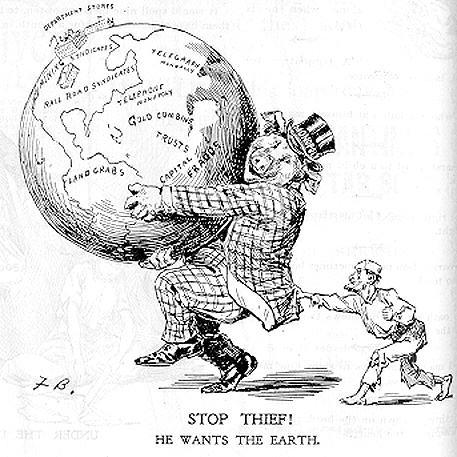
This is because the public has been fed a steady diet of propaganda and bad revisionist history—like that advanced by the Victims of Communism Museum—which demonize left-wing ideologies and try to validate the “American way.”
If more people knew the truth, a strong resistance movement to U.S. imperialism might develop that could draw on the precedent of the early 20th century Anti-Imperialist League—supported by such luminaries as Mark Twain.
Until that time, Smith predicts that the succession of catastrophes “will continue…and as its primacy erodes, the U.S. ruling class may act like a ‘wounded beast’ and commit heinous new crimes against the peoples of the world—including the people of this country—to maintain as much wealth and power as possible.”

CovertAction Magazine is made possible by subscriptions, orders and donations from readers like you.
Blow the Whistle on U.S. Imperialism
Click the whistle and donate
When you donate to CovertAction Magazine, you are supporting investigative journalism. Your contributions go directly to supporting the development, production, editing, and dissemination of the Magazine.
CovertAction Magazine does not receive corporate or government sponsorship. Yet, we hold a steadfast commitment to providing compensation for writers, editorial and technical support. Your support helps facilitate this compensation as well as increase the caliber of this work.
Please make a donation by clicking on the donate logo above and enter the amount and your credit or debit card information.
CovertAction Institute, Inc. (CAI) is a 501(c)(3) non-profit organization and your gift is tax-deductible for federal income purposes. CAI’s tax-exempt ID number is 87-2461683.
We sincerely thank you for your support.
Disclaimer: The contents of this article are the sole responsibility of the author(s). CovertAction Institute, Inc. (CAI), including its Board of Directors (BD), Editorial Board (EB), Advisory Board (AB), staff, volunteers and its projects (including CovertAction Magazine) are not responsible for any inaccurate or incorrect statement in this article. This article also does not necessarily represent the views the BD, the EB, the AB, staff, volunteers, or any members of its projects.
Differing viewpoints: CAM publishes articles with differing viewpoints in an effort to nurture vibrant debate and thoughtful critical analysis. Feel free to comment on the articles in the comment section and/or send your letters to the Editors, which we will publish in the Letters column.
Copyrighted Material: This web site may contain copyrighted material the use of which has not always been specifically authorized by the copyright owner. As a not-for-profit charitable organization incorporated in the State of New York, we are making such material available in an effort to advance the understanding of humanity’s problems and hopefully to help find solutions for those problems. We believe this constitutes a ‘fair use’ of any such copyrighted material as provided for in section 107 of the US Copyright Law. You can read more about ‘fair use’ and US Copyright Law at the Legal Information Institute of Cornell Law School.
Republishing: CovertAction Magazine (CAM) grants permission to cross-post CAM articles on not-for-profit community internet sites as long as the source is acknowledged together with a hyperlink to the original CovertAction Magazine article. Also, kindly let us know at info@CovertActionMagazine.com. For publication of CAM articles in print or other forms including commercial internet sites, contact: info@CovertActionMagazine.com.
By using this site, you agree to these terms above.
About the Author

Jeremy Kuzmarov holds a Ph.D. in American history from Brandeis University and has taught at numerous colleges across the United States. He is regularly sought out as an expert on U.S. history and politics for radio and TV programs and co-hosts a radio show on New York Public Radio and on Progressive Radio News Network called “Uncontrolled Opposition.”
He is Managing Editor of CovertAction Magazine and is the author of six books on U.S. foreign policy, including Obama’s Unending Wars (Clarity Press, 2019), The Russians Are Coming, Again, with John Marciano (Monthly Review Press, 2018), Warmonger. How Clinton’s Malign Foreign Policy Launched the U.S. Trajectory From Bush II to Biden (Clarity Press, 2023); and with Dan Kovalik, Syria: Anatomy of Regime Change (Baraka Books, 2025).
Besides these books, Kuzmarov has published hundreds of articles and contributed to numerous edited volumes, including one in the prestigious Oxford History of Counterinsurgency .
He can be reached at jkuzmarov2@gmail.com and found on substack here.


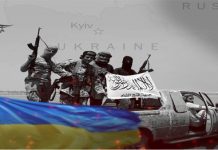

elexbet adresinde verilen tüm hizmetler kullanıcılarının daha keyifli dakikalar geçirebilmesi içindir. Sizler de Elexbet’in verdiği hizmetlerinden faydalanarak keyifli anlar yaşayabilirsiniz.
“U.S. carried out a bombing campaign that led to the death of about one tenth of the North Korean population.”
In reality, at least 20% of the North Korean population was killed: U.S. Air Force general Curtis LeMay, the head of the strategic air command during the Korean War, explained the Office of Air Force History in 1984 that “we went over there and fought the war and eventually burned down every town in North Korea. (…) Over a period of three years or so, we killed off — what — 20 percent of the population.”
Source: https://www.washingtonpost.com/opinions/the-us-war-crime-north-korea-wont-forget/2015/03/20/fb525694-ce80-11e4-8c54-ffb5ba6f2f69_story.html
The obvious error in your presentation is the conflation of United States (“U.S.” Empire ) with the Brits and European (South American) Empires. Most of the slave trade and native genocide (by far) took place outside this country.
In this article it states that the Holodomor famine was due to environmental factors. This is not true. To have a better understanding of the Holodomor I recommend checking out the web site of the Holodomor Museum
https://holodomormuseum.org.ua/en/
Do you realize the irony of invoking the most biased anti-soviet, anti-communist, and wholly pro-Fascist and CIA-backed source as your proof, or do you simply don’t care after having lived your entire existence in a sea of goebbelian koolaid?
300 million deaths? Those are rookie numbers.
I’ve read several scholarly essays regarding the people slaughtered by “the religion of peace” in its 1400 years’ slog towards a global caliphate and it’s easily north of 750 million – so far.
Irrelevant to the subject, and arguably hardly different from Christianity.
This is a typical knee-jerk reaction.
the number of dead, estimates depend upon who the historians are and what their purposes are
The “historians” of Anti-Communism never even cared to make estimates. Only spout goebbelian lies.